History of VisComm - Postwar Era
1/37
There's no tags or description
Looks like no tags are added yet.
Name | Mastery | Learn | Test | Matching | Spaced |
|---|
No study sessions yet.
38 Terms
World War II (WWII)
1939-1945
Effects of Post-WWII on Europe, Asia, and the United States?
Europe and Asia - Underwent reconstruction and reform
United States - Emerged as a dominant economic power
Graphic Design in the 1950s
Global capitalism was on the rise
Corporations began expanding and diversifying their product lines
Corporate demand for “unified image” across products/services
Graphic Design became recognized as a profession to help promote corporations
Identity systems, branding, and packaging were established
Phototypesetting (or Photocomposition)
A new printing technique in the mid-20th century
Replaced letterpress printing
Used negative, light-sensitive materials, and a light source so that texts and/or images could be photographed for mass printing
First phototypesetter, Lumitype-Photon
Patented by Rene Higonnet & Louis Moyroud in 1946
Phototypesetter Effects
Allowed designers to experiment more with composition
Type could be manipulated, cut, pasted, bent, or rephotographed
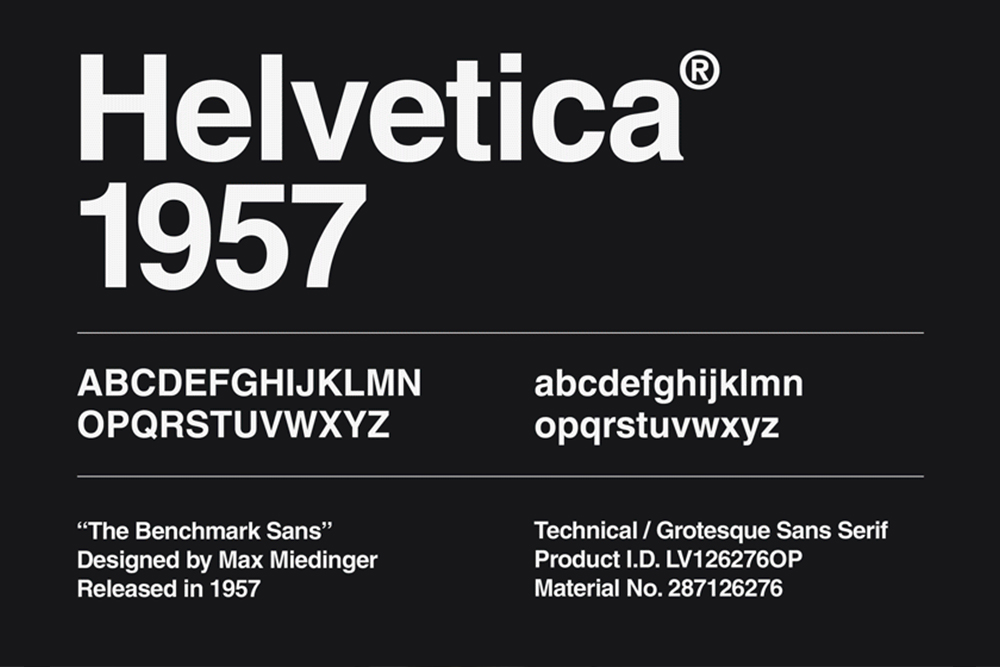
International Style
1955-1975
International Style Movement
International Style (or Swiss Style) emerged in Switzerland in the mid-1950s
Inspired by Bauhaus, De Stijl, and New Typography
Rational and reductionist approach
International Style Design
Used grid structures, asymmetrical layouts, clean typography, absence of decoration or illustration, and spare use of color
Fibonacci’s Sequence used as a guide for geometric composition
International Style Designers
Josef Muller-Brockmann
Emil Ruder
Influenced designers in Europe and the United States to follow international style principles
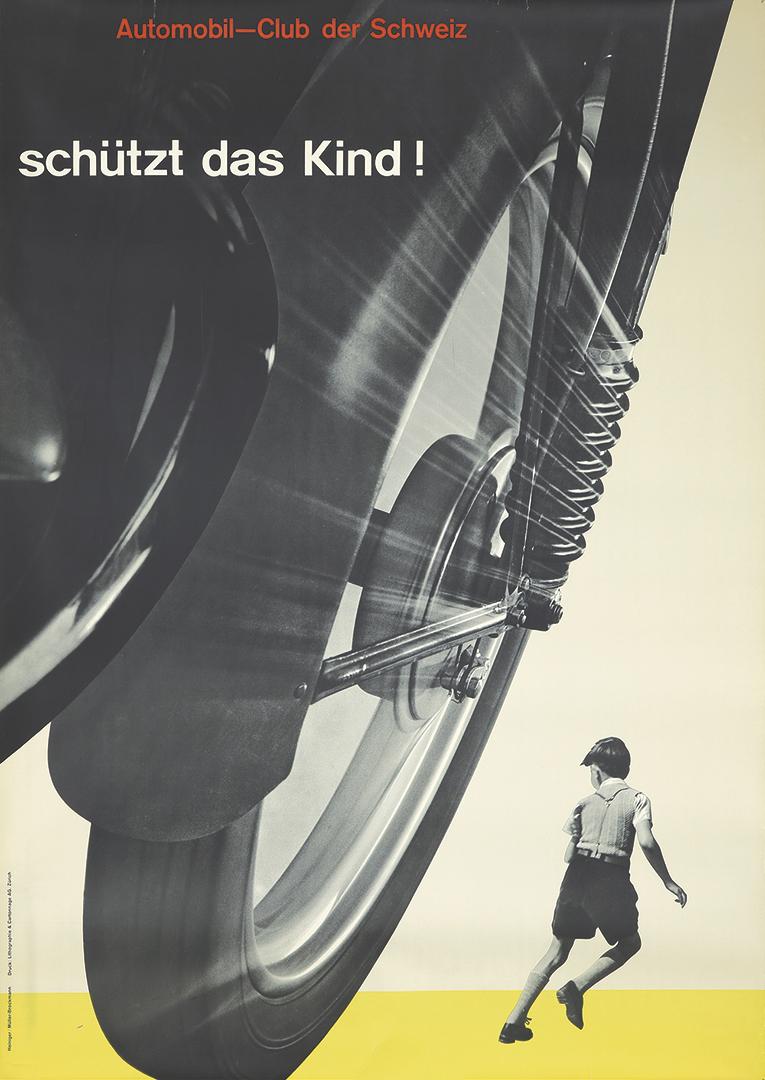
Mind the Child Ad (Muller-Brockmann, 1955)
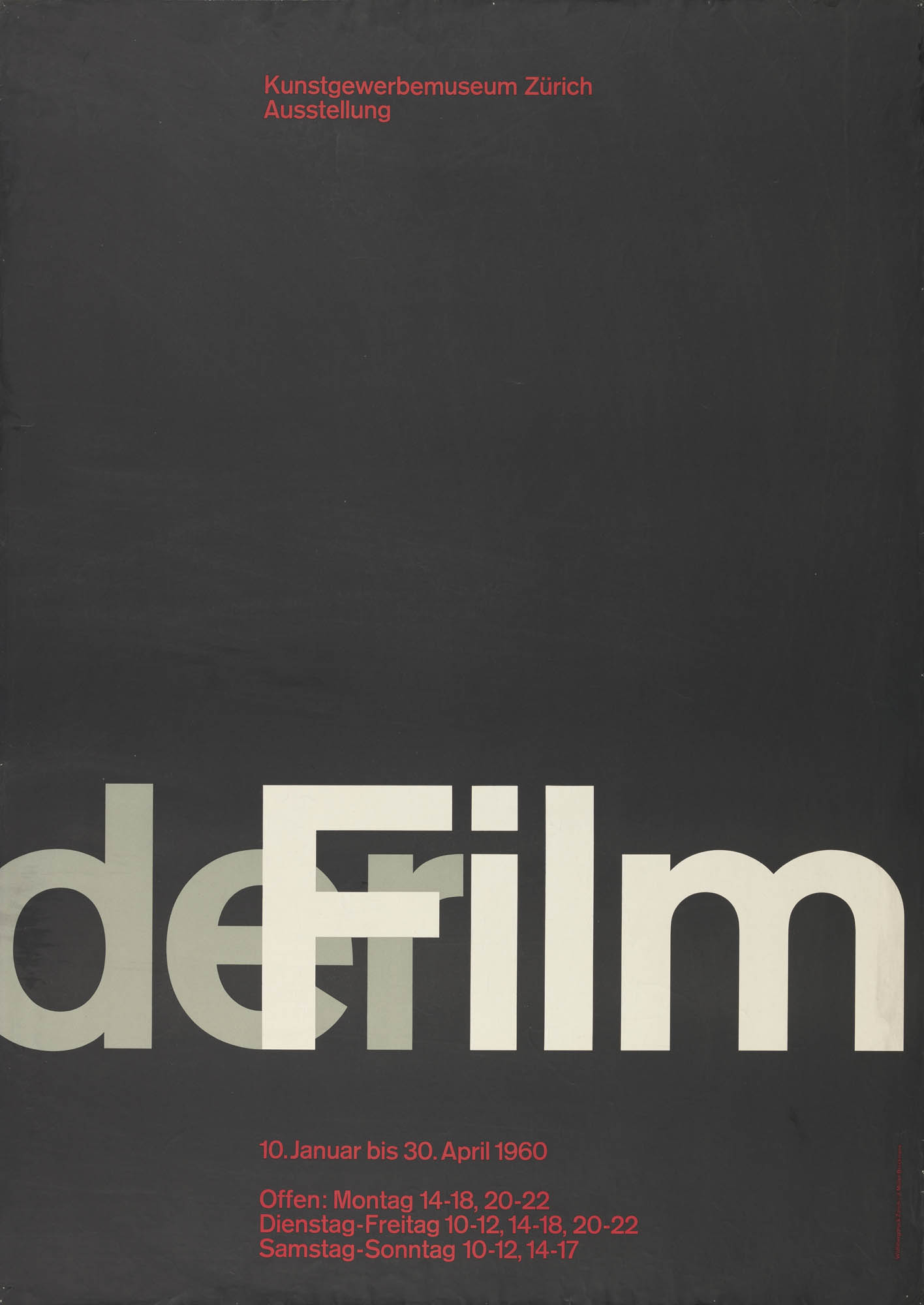
The Film Poster (Muller-Brockmann, 1959)
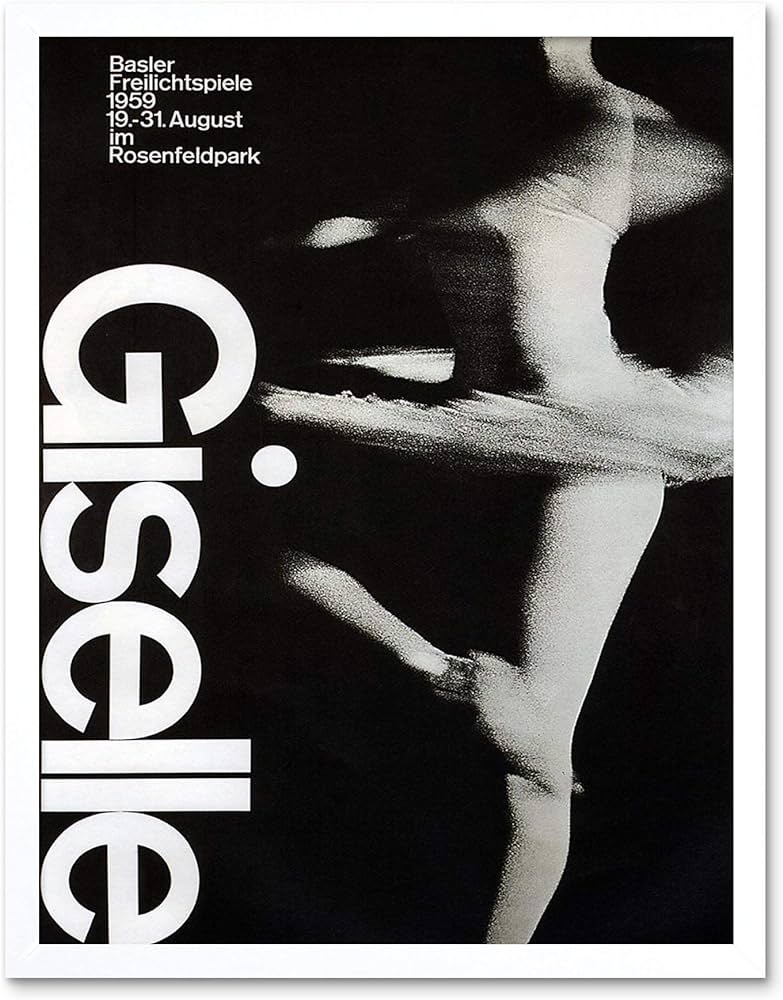
Giselle Poster (Armin Hofmann, 1959)

New Graphic Magazine (Carlo Vivarelli, 1959)
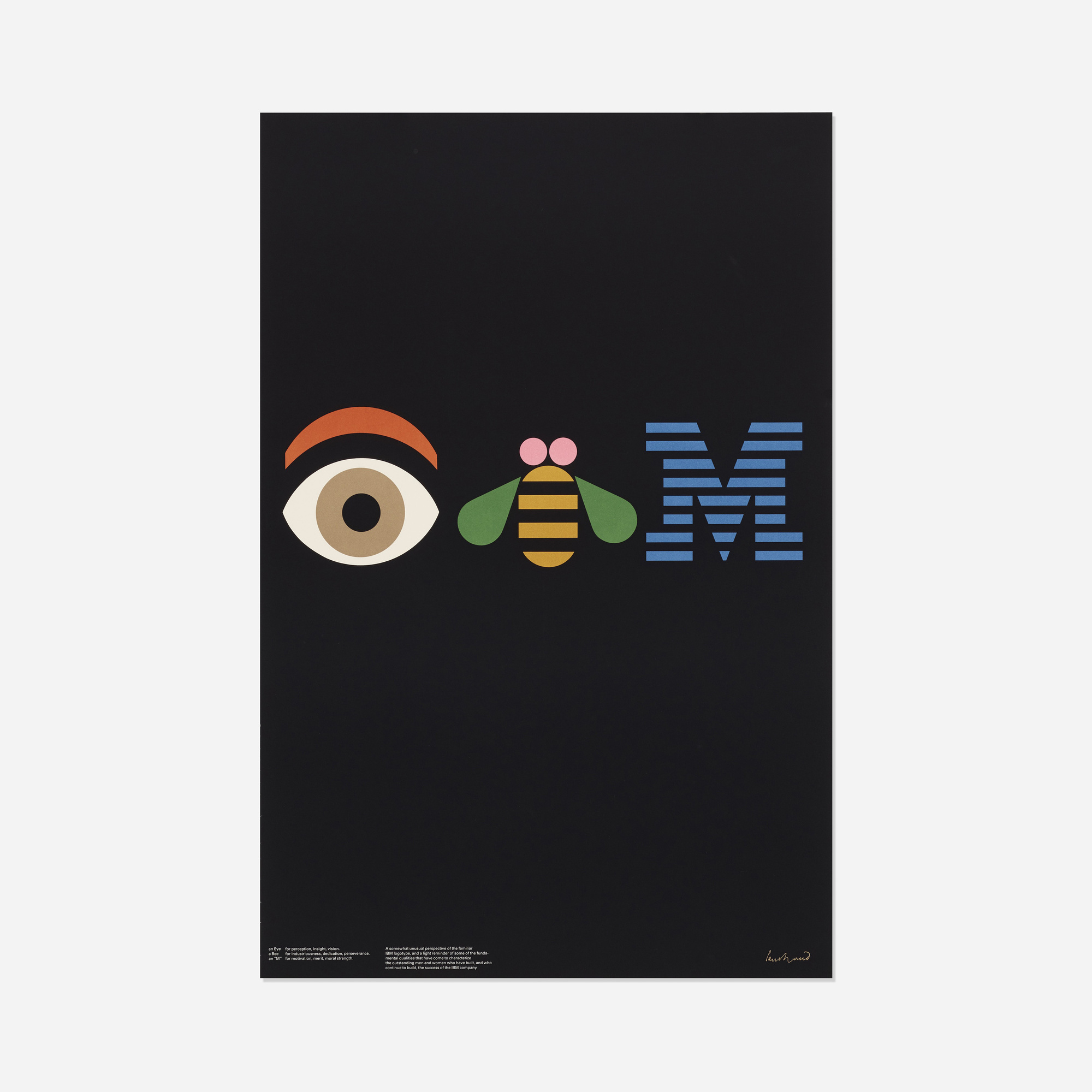
IBM Poster (Paul Rand, 1991)
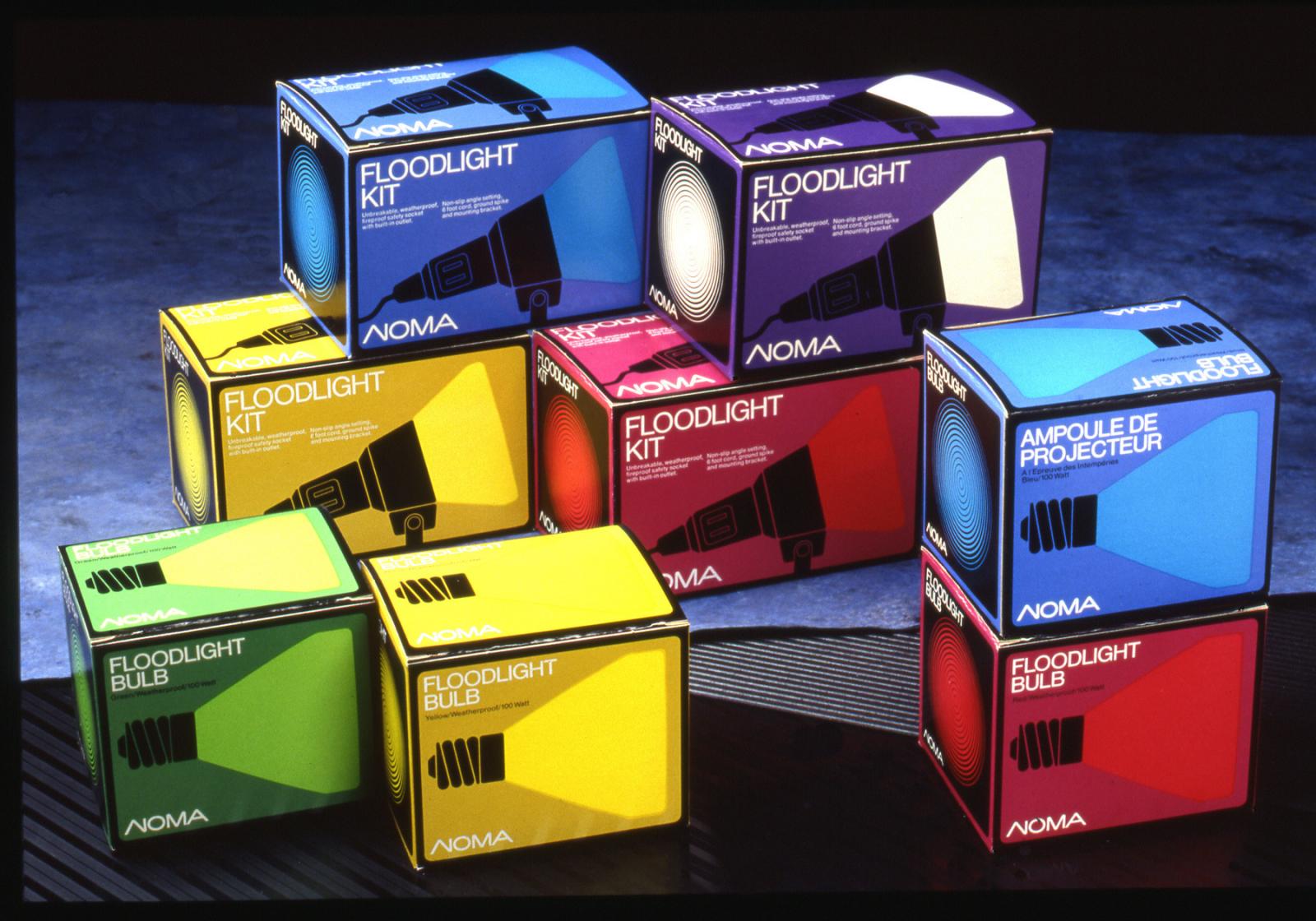
Norma Lites (Burton Kramer, 1971)
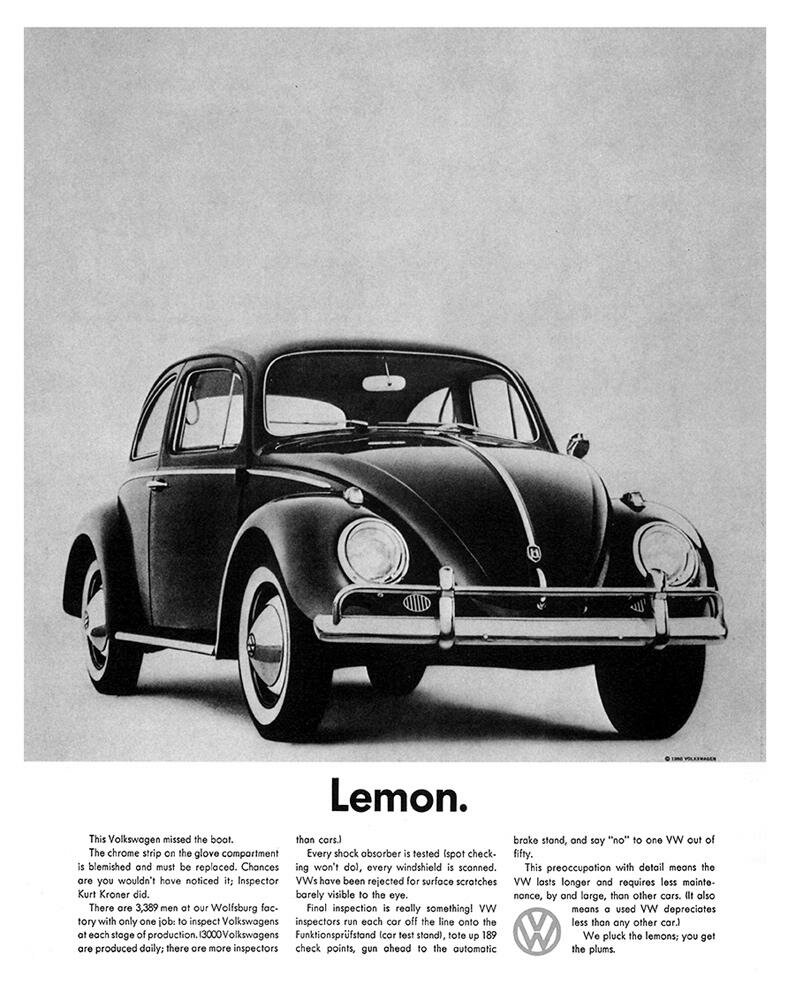
Volkswagen Lemon Ad (Doyle Dane, 1960)
Change in Design (Mid-1900s)
Magazine covers and layouts replaced text-driven content with image-driven content
Posters and ads applied visual metaphor and symbols instead of heavy verbiage
Logos and signs came with design guidelines for use in corporate practices
New York School
1950-1965
New York School Movement
New York City became the epicenter of economic and cultural exchange
Group of artists and designers working in and around New York rather than a creative movement, was a counterpoint to the International Style
Designers adopted less formal and more intuitive styles of “less is more”, functionalism, and execution
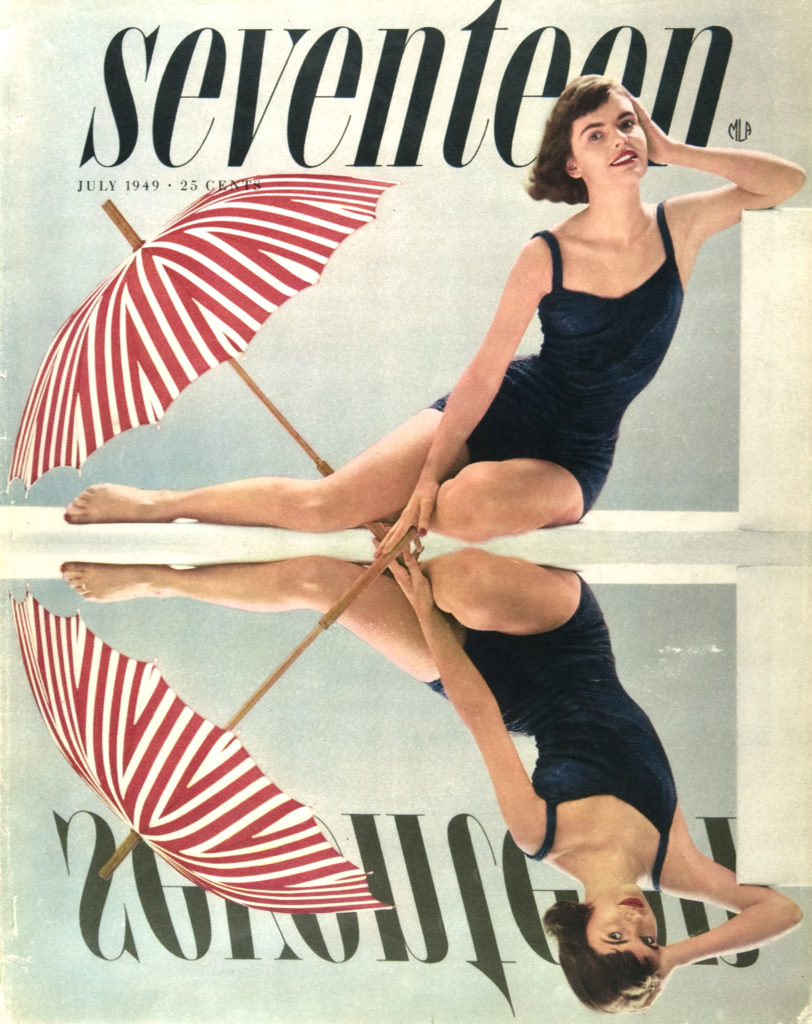
Seventeen Magazine (Cipe Pineles, 1949)
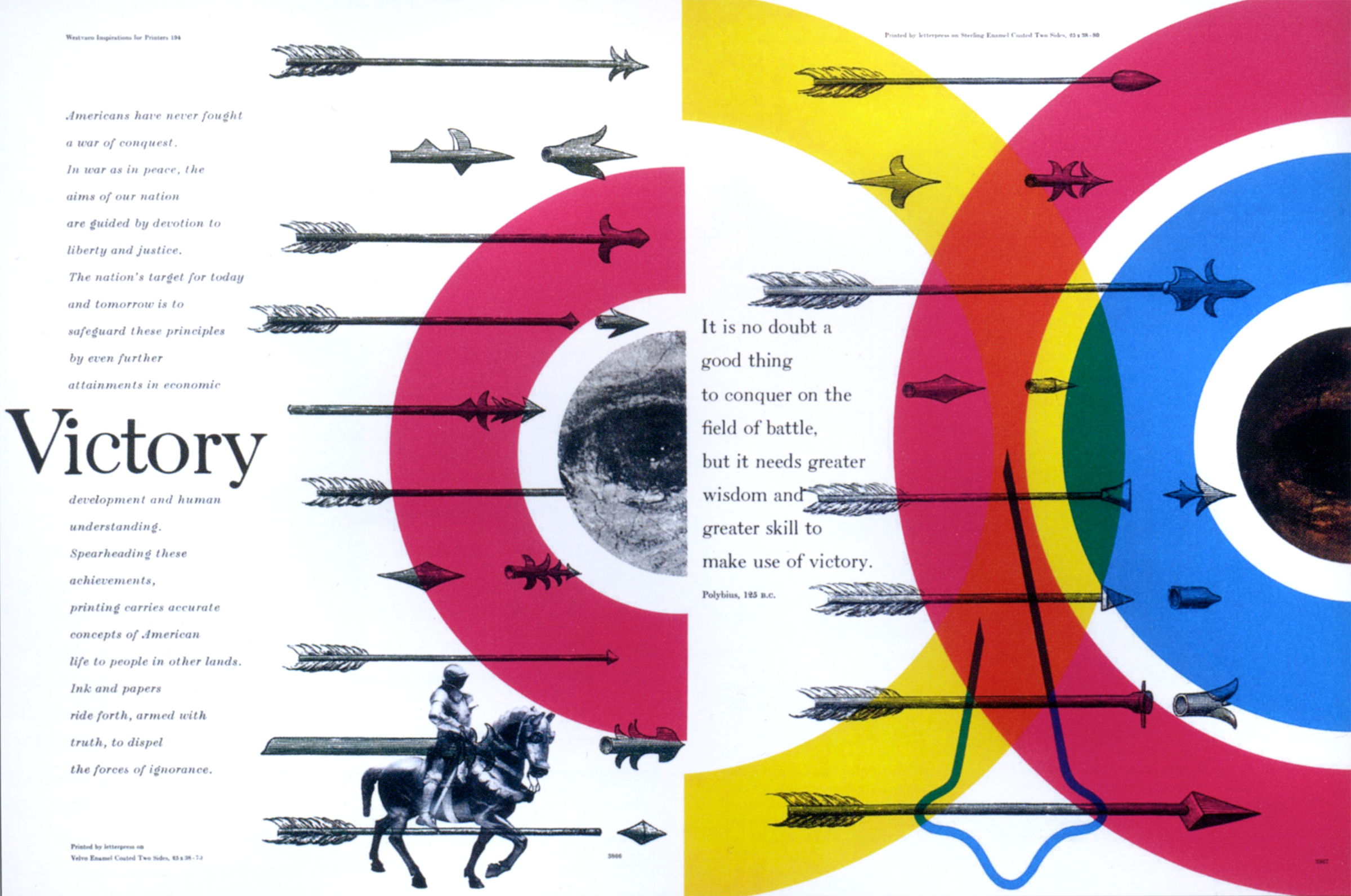
Westvaco Magazine (Bradbury Thompson, 1953)
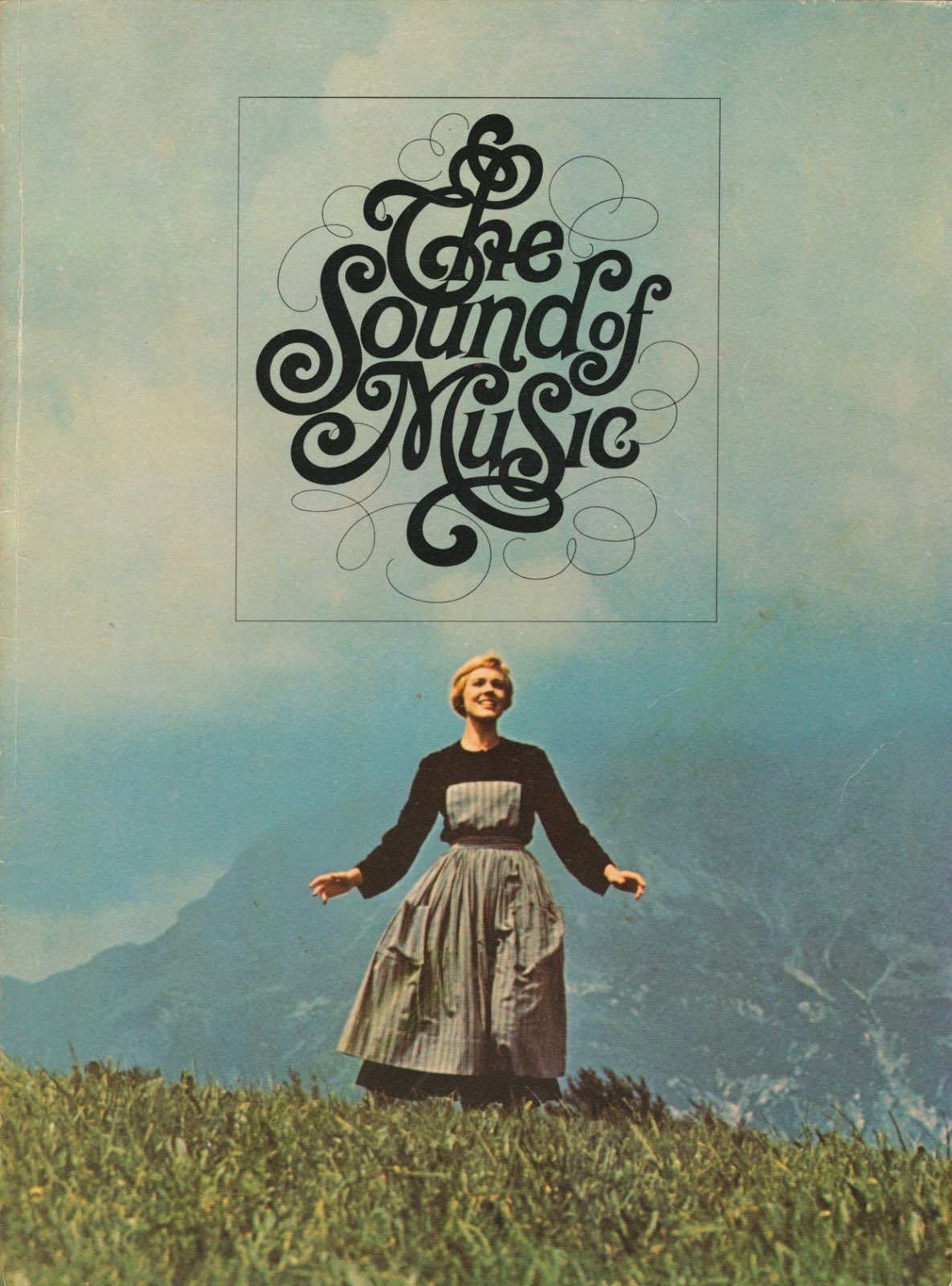
The Sound of Music (Herb Lubalin, 1965)
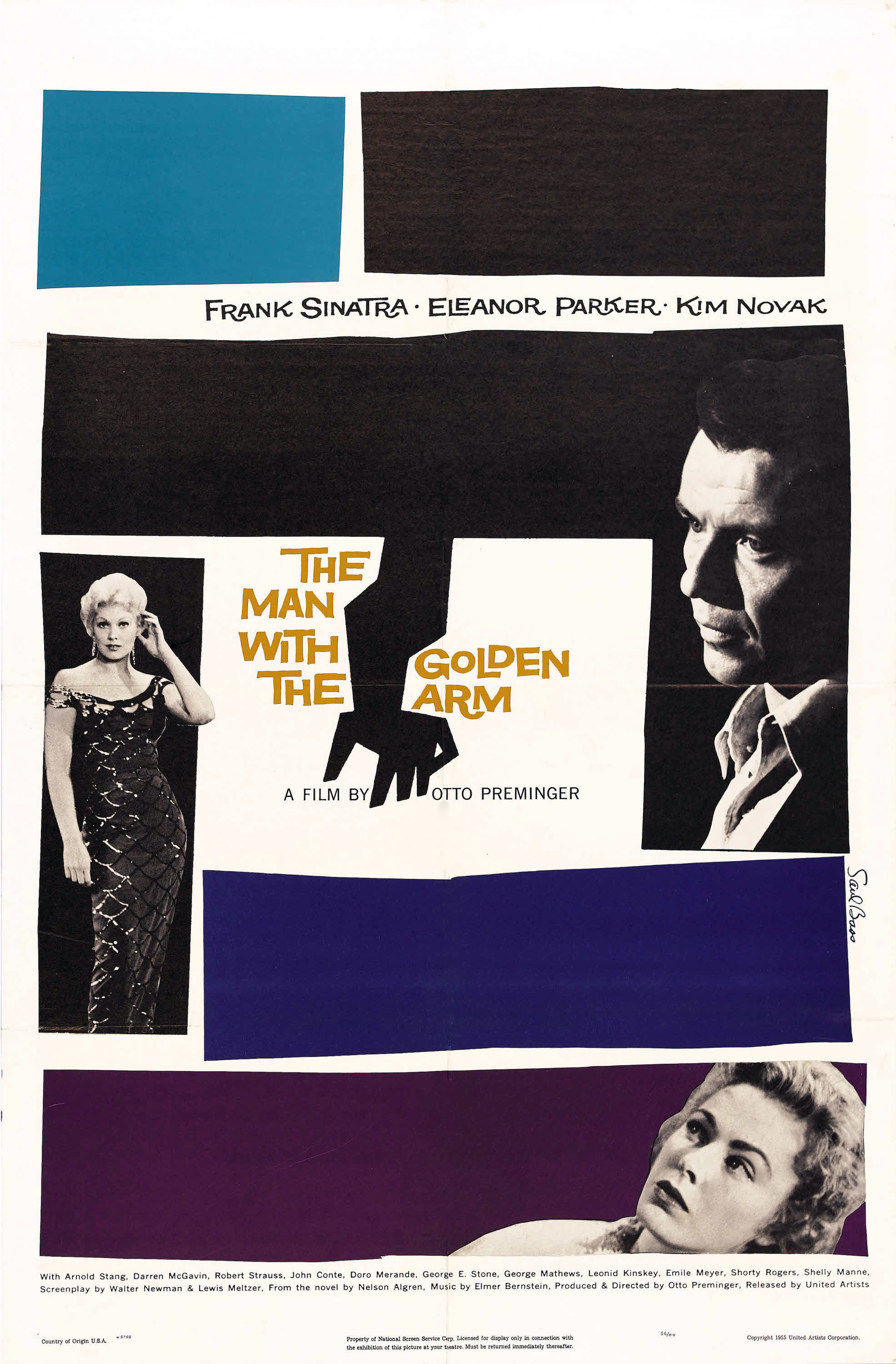
The Man with the Golden Arm (Saul Bass, 1955)

Fillmore
1965-1970
Fillmore Movement
After WWII, a group of artists and authors gradually formed a counterculture known as the Beat Generation
Went against conformity of mainstream culture and politics to embrace individual freedom
Emerged in New York City and San Francisco (San Fran became the heart of the movement)
Designers took part and made rock concert posters at the Fillmore Auditorium
Style associated with anti-capitalism and rebellious spirit
Fillmore Design Style
Psychedelic style
Resembled work from the Art Nouveau movement
Posters printed on small presses and offered an embodied perceptual experience, especially through the use of drugs
Colors vibrate, type creates optical illusions, and images are provocative
Organic style & cheap production rejected the rigid modernist approach and materialistic culture
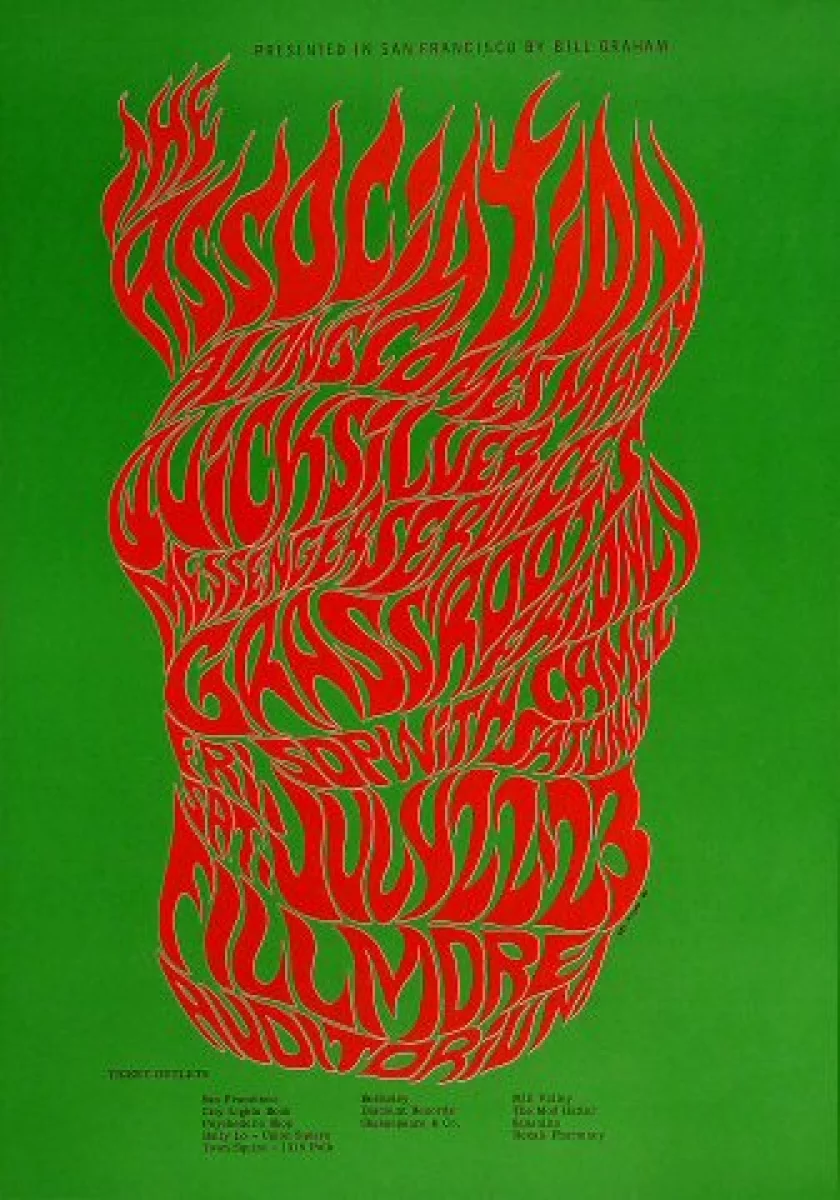
The Association (Wes Wilson, 1966)
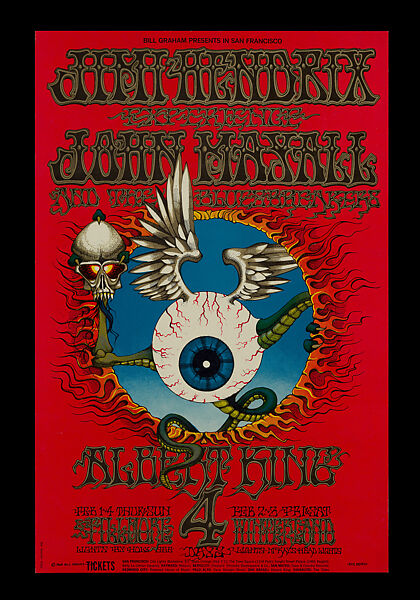
Various Artists (Rick Griffin, 1968)
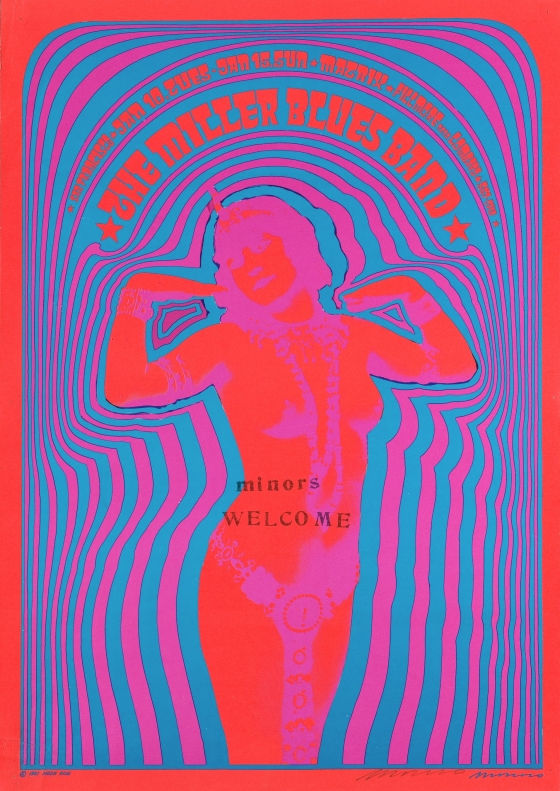
The Miller Blues Band (Victor Moscoso, 1967)
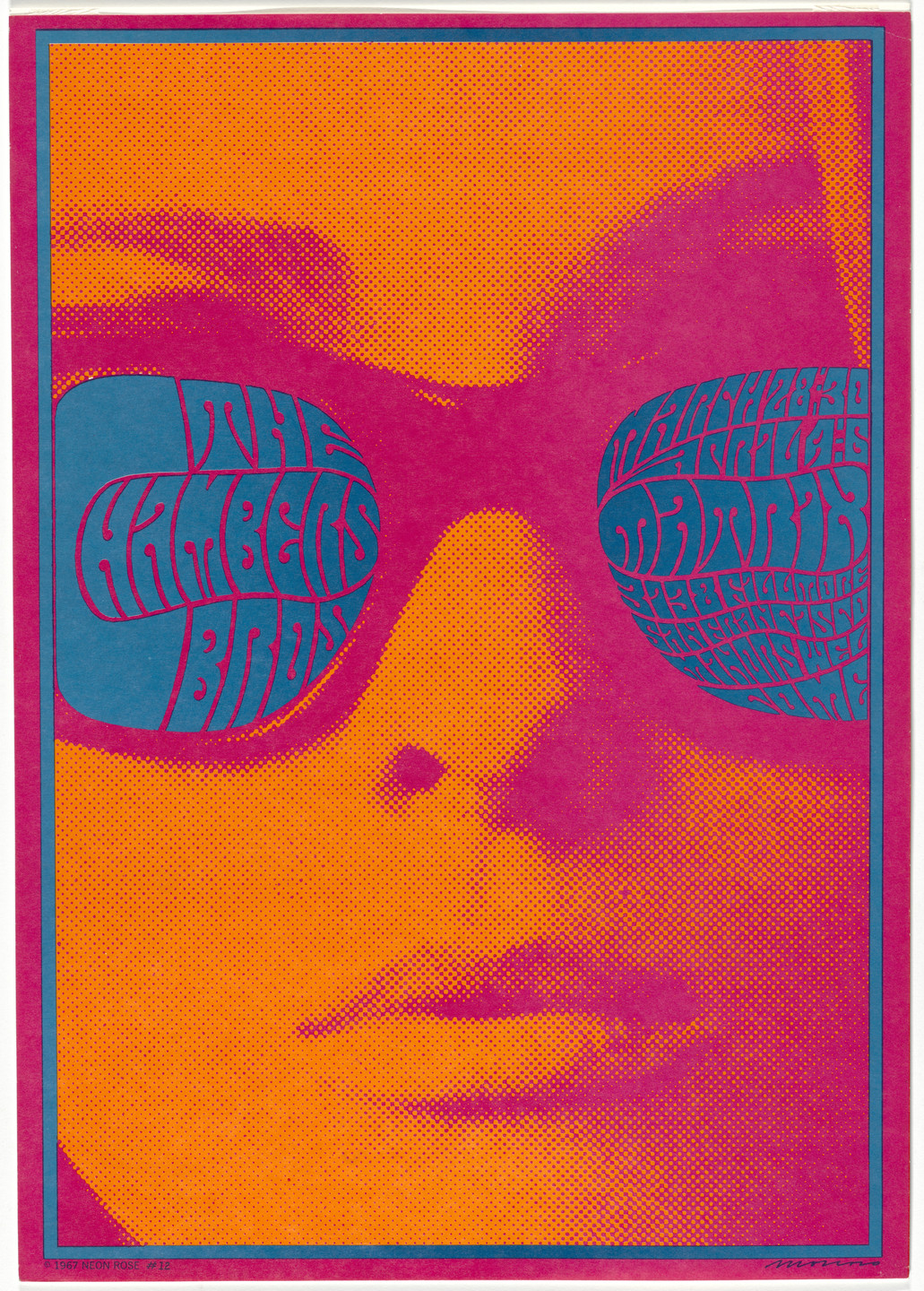
The Chambers Bros (Victor Moscoso, 1967)
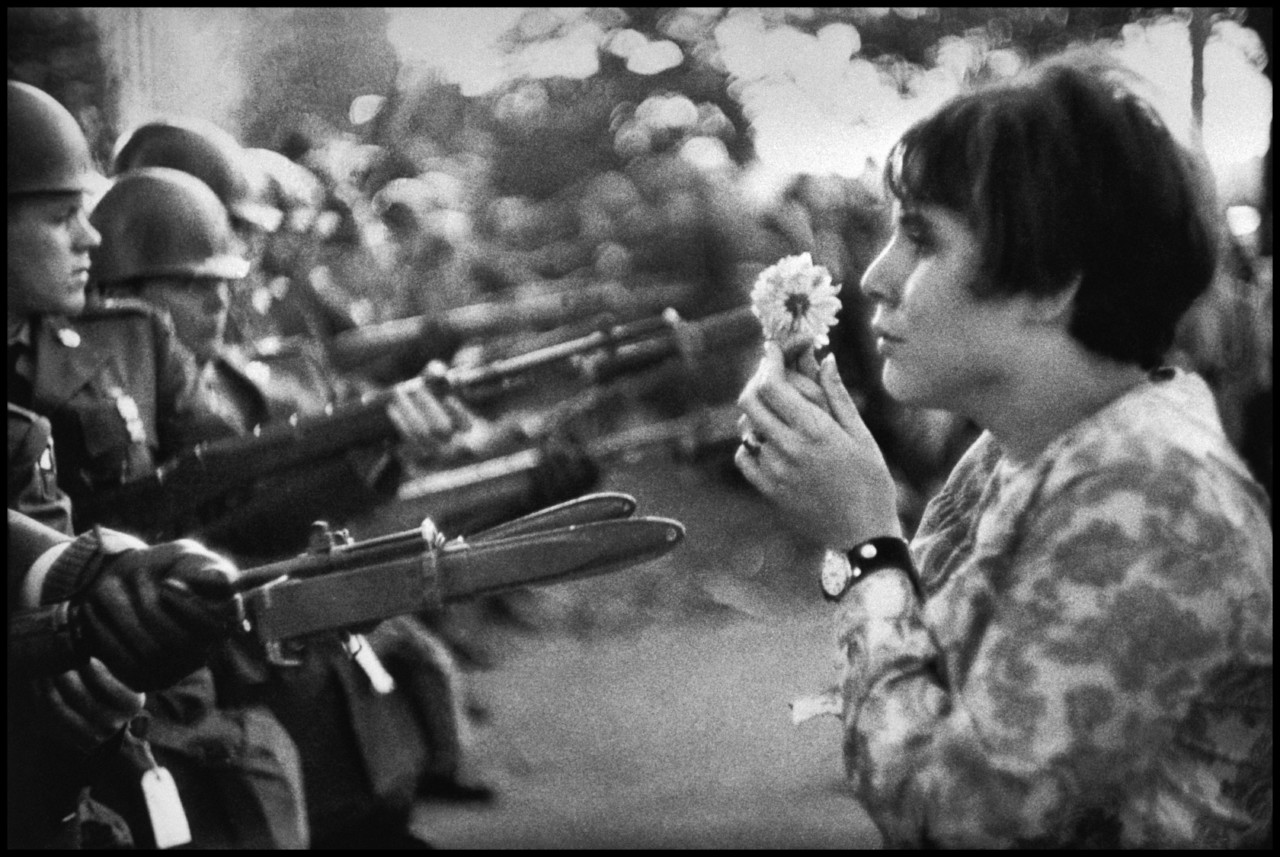
Protest
1963-1975
Protest Movement
In 1965, the Unites States participated in the Vietnam War
This provoked the public to organize mass protests by the late 1960s
Designers participated to the protests by lending their skills
Protest Movement Designers and Style
Designers saw opportunity and responsibility in pro bono work
Guerrilla artists and designers made use of public spaces and transportation to display fliers and stickers
Students also created and posted work
Crude, aggressive, and graphic photography and illustration was largely used
Message was concise with a call-to-action
Style was raw, and focused on the urgency of the message
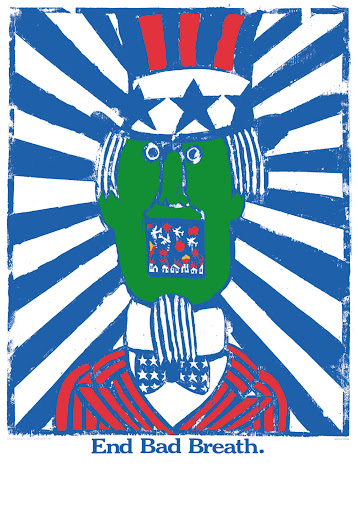
End Bad Breath (Seymour Chwast, 1968)
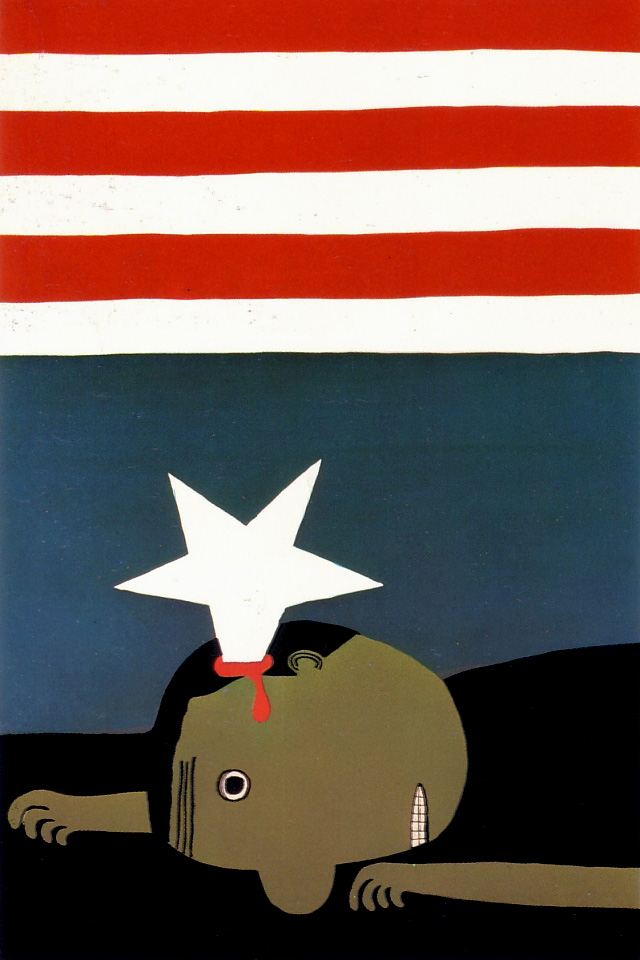
Vietnamese Women & Children (Wada, 1968)
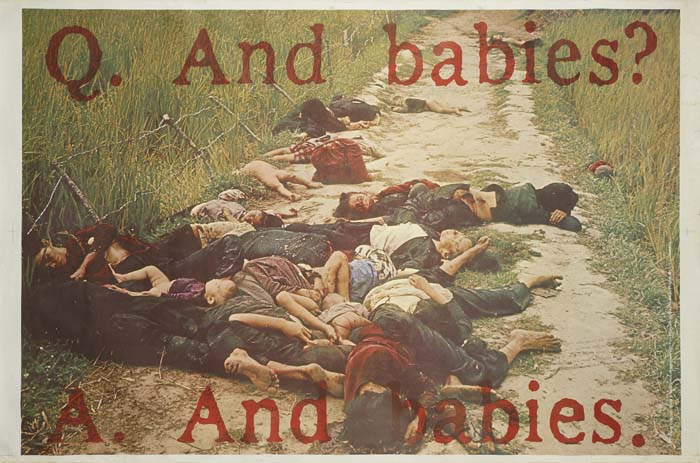
And Babies? (Haeberle & Brandt, 1970)
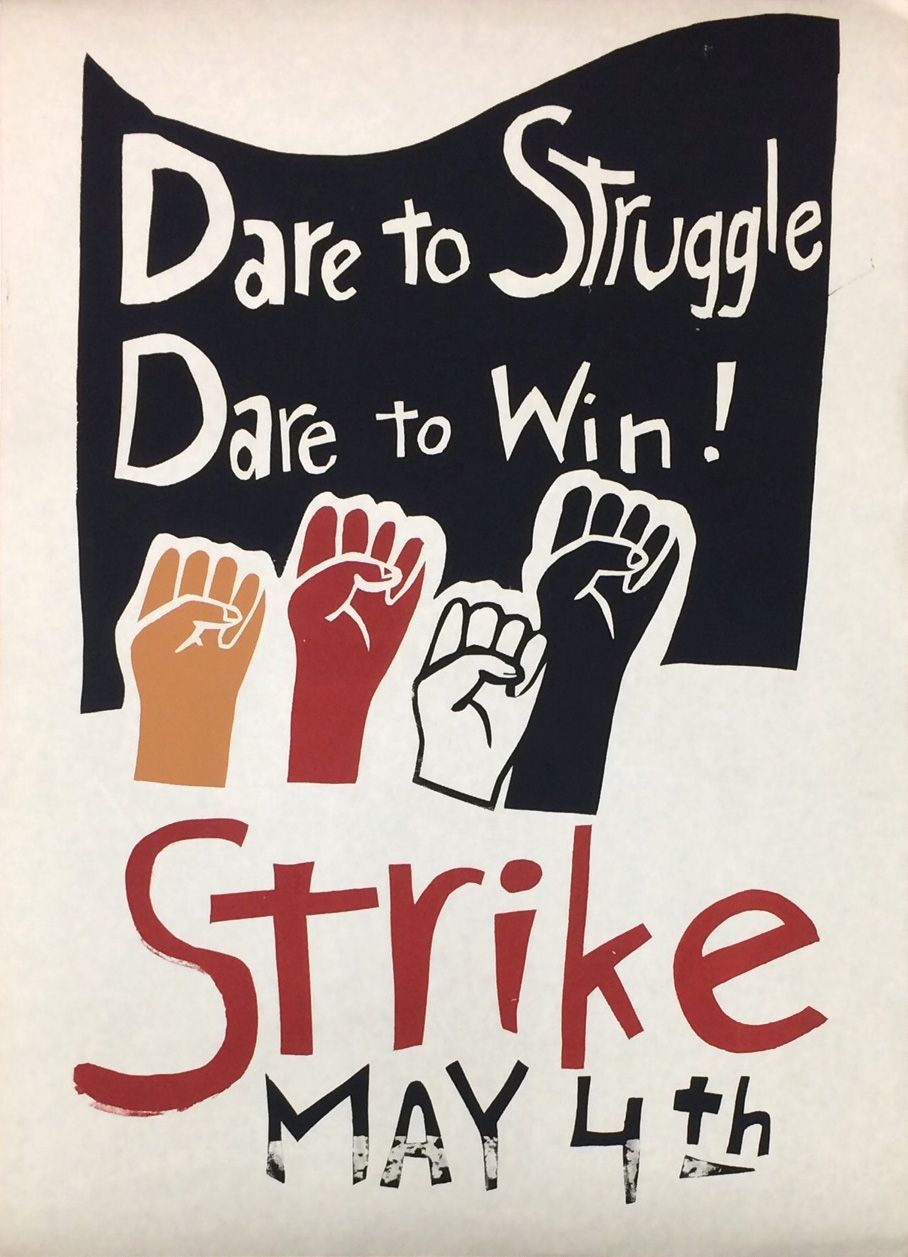
Student Strike of 1970 (1970)